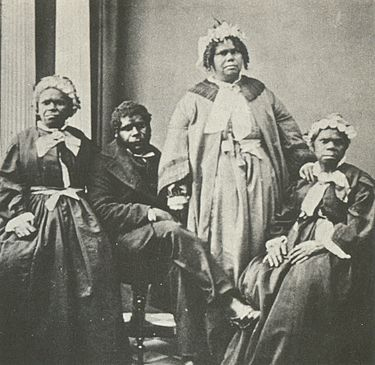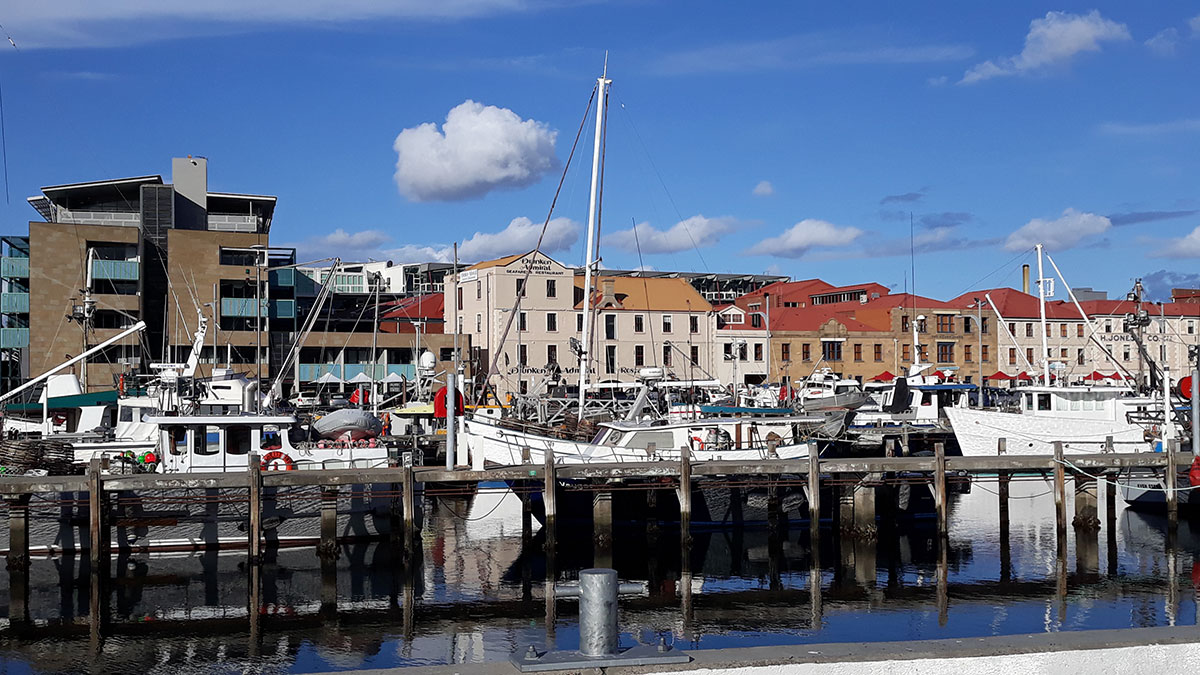Tanja Joona writes about the story of Truganini, the last aboriginal survivor of Tasmania.
In the end of the year 2019, 28th of November – 6th of December, I was honoured to participate for the 12th Polar Law Symposium in Hobart, Tasmania, Australia. The Polar Law Symposium is an annual scientific conference, but it differs from the other “Arctic conferences”. It is a quite unique tight-knit community of legal and political scientists gathering every year to contribute various Arctic and Antarctic issues. My own presentation was titled: “Arctic Challenge for Sustainability – Intergenerational Everyday Life Perspective on Traditional Livelihoods and Climate Change” and it was presented in a special session organized by the Polar Cooperation Research Centre (Kobe), who kindly also partly funded my participation for the Symposium. In 2020 the 13th Polar Law Symposium will be organized in Kobe, Japan in 23th -25th of November.
However, this is not a blog about Polar Law Symposium, this is a story of Truganini, the last aboriginal survivor of Tasmania. Her life and the story of her people touched my heart when visited the Tasmanian Museum and Art Gallery in Hobart. Either never, has anything been so emotional to write about.
Truganini was born about 1812 on Bruny Island, located south of the Van Diemen's Land (former name of Tasmania) capital Hobart. She was a daughter of Mangana, Chief of the Bruny Island people. Her name was, in the Bruny Island language, Nuennonne. It has been told that, in her youth she took part in her people's traditional culture, but Aboriginal life was disrupted by European settlement. When Lieutenant-Governor George Arthur arrived in Van Diemen's Land in 1824, he implemented two policies to deal with the growing conflict between settlers and the Aboriginals. First, bounties were awarded for the capture of Aboriginal adults and children, and secondly an effort was made to establish friendly relations with Aboriginals in order to lure them into camps. The campaign began on Bruny Island where there had been fewer hostilities than in other parts of Tasmania.
When Truganini met George Augustus Robinson, the Protector of Aboriginals, in 1829, her mother had been killed by sailors, her uncle shot by a soldier, her sister abducted by sealers, and her fiancé brutally murdered by timber-cutters, who then repeatedly sexually abused her. In 1830, Robinson moved Truganini and her husband, Woorrady, to Flinders Island with the last surviving Tasmanian Aboriginals, numbering approximately 100. The stated aim of isolation was to save them, but many of the group died from influenza and other diseases.
Oral histories of Truganini report that she had a child named Louisa Esmai with John Shugnow at Point Nepean in Victoria. After Truganini was captured and exiled, her daughter Louisa was raised in the Kulin Nation. By 1873, Truganini was the sole survivor of the Oyster Cove group, and was again moved to Hobart. She died three years later and was buried at the former Female Factory at Cascades, a suburb of Hobart. Before her death Truganini had pleaded to colonial authorities for a respectful burial, and requested that her ashes be scattered in the D'Entrecasteaux Channel. She feared that her body would be mutilated for perverse scientific purposes as William Lanne's had been. Despite her wishes, within two years, her skeleton was exhumed by the Royal Society of Tasmania and later placed on display. Only in April 1976, approaching the centenary of her death, were Truganini's remains finally cremated and scattered according to her wishes. Truganini is often considered to be the last full-blood speaker of a Tasmanian language.

A picture of the last four Tasmanian Aborigines of solely Aboriginal descent c. 1860s.
Truganini, the last to survive, is seated at far right.
(Photo at Wikipedia https://en.wikipedia.org/wiki/Aboriginal_Tasmanians.)
The story of Truganini reflect that, where ever you travel, where ever you get to meet the indigenous peoples’ histories, it is the same – with variations – but it is the same. It is the history of colonialism. In Finland, the State has now committed to fund the “Truth and Reconciliation Process” concerning the Sámi. It is absolutely the crucial time to recognize the colonial history of Sweden-Finland towards especially the Forest Sámi in the 17th and 18th centuries who lost their language and lands and pleaded the settlers to leave at least something in its wake. The blog has been written so that we will never forget.
In honour of Truganini and Elsa Laula Renberg – two strong indigenous women - I wish happy Sámi álbmotbeaivi, Sámi National day, February 6th!

Hobart, Tasmania, Australia. Photo: Tanja Joona